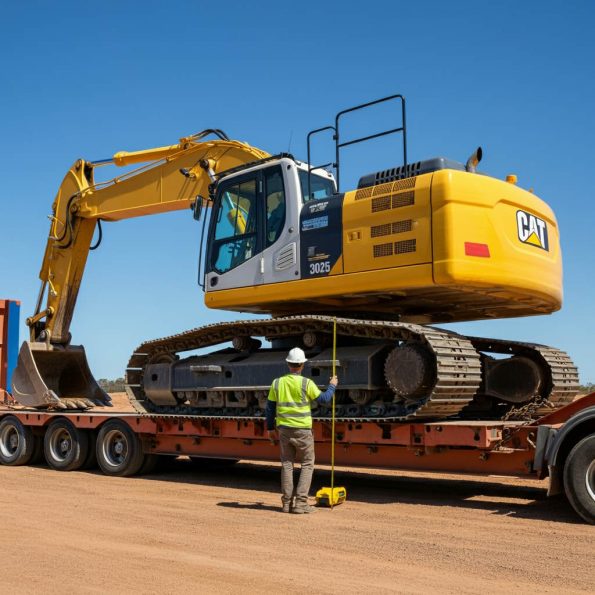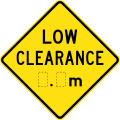Bridge strikes are a real problem that can cause serious damage, delays, and even put lives at risk. Why do they happen, and most importantly, how can you avoid them?
First things first – what exactly is a bridge strike? Simply put, it’s when a vehicle, usually a truck, hits a bridge because it’s too tall to pass underneath. It sounds like something that should be easy to avoid, right? Well, you’d be surprised how often it happens.
In Australia, we see hundreds of bridge strikes each year, and they’re not just a minor inconvenience. These incidents can cause:
- Serious damage to infrastructure
- Traffic chaos and lengthy delays
- Injuries to drivers and other road users
- Costly repairs and vehicle replacements
- Potential legal consequences for drivers and companies
- Train cancellations, detours for drivers, and associated traffic management costs.
Why do bridge strikes happen?
You might be wondering how experienced drivers end up in these situations. There are a few common reasons:
- Misjudging vehicle height, or not being familiar with the vehicle’s height
- Lack of route planning; navigation system directs you down a road that’s not feasible for your vehicle
- Ignoring or missing “low clearance” signs
- Changes in road surface levels
- Carrying loads that shift or settle during transit
- Unfamiliarity with a new route or vehicle
- Habit (you’ve always driven that way with your regular load, and you forget you have a taller load).
Avoiding bridge strikes

- Know Your Height: This is rule number one. Always, always know the exact height of your vehicle and load. Don’t guess – measure! You will need a tape measure and a ladder or (better) a work platform. When transporting excavators, boom lifts, and other tall machinery, the manufacturer may give some specifications which you can then add to the height of your truck deck.
- Plan Your Route: Before you hit the road, map out your journey. Look for any low bridges or obstacles and plan alternative routes if needed.
- Use Technology: Invest in a GPS system designed for trucks. These often include information about bridge heights and can help you avoid low clearances. Look for height clearance maps issued by transport agencies, like this one from VicRoads or this one from Service NSW.
- When in Doubt, Take Another Route: If you’re unsure about a bridge’s clearance, it’s always better to err on the side of caution and find another way.
- Know a road’s characteristics: The road is higher in the middle. This is called the crown of the road and it’s like that for drainage (water drains into the gutters at the side of the road). So, where possible, it’s usually better to stay to the left as there will be slightly more clearance.
- Stay Alert: Fatigue can impair your judgment. Take regular breaks and stay fresh behind the wheel.
- Pay Attention to Signs: Keep your eyes peeled for those yellow and black clearance signs. They’re there for a reason!

In Australia, a load is generally considered oversized if it exceeds these dimensions:
- Width: 2.55 meters
- Height: 4.3 meters, except for a few exceptions like car carriers, or vehicles that carry cattle, horses, pigs or sheep which are 4.6m.
- Length is variable depending on the configuration and number of trailers (not that this is important for bridge dimensions).
If you hit a bridge, penalties can be from $1200 to around $13,000 and 80 penalty points.
